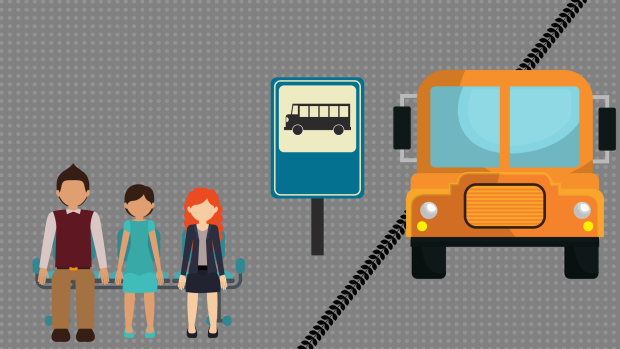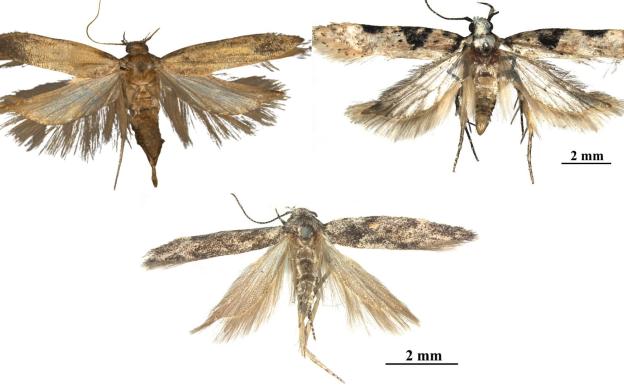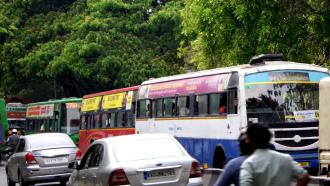
Infogrpahic: Purabi Deshpande / Research Matters
In a city known for its traffic and deteriorating air quality, Bengaluru’s hopes lies in replacing cars and bikes with a sustainable public transport system. After tasting the comforts and convenience of taxi services in the recent years, travelling by bus does not appeal to most. But how can we change this trend and move towards a sustainable mode of transport without having to compromise on comfort and convenience of a private vehicle? The Bengaluru Metropolitan Transport Corporation (BMTC) started its premium services with Volvo buses to answer this. These routes connect residential areas, IT hubs and the airport in the comfort of air conditioning while you can work charging your laptop or phone on the move.
However, not everyone is cheering the Volvo services. Mr. Vinay Sreenivas of the Bengaluru Bus Prayaanikara Vedike, a community for bus commuters, believes Volvo buses may not be the answer to our transportation woes. “Sometimes people can’t afford to go in a Volvo, but some routes, like going towards airport, there are only Volvos. This pushes the people away from public transport. In places like Hosur, the number of commuters fell after Volvo’s were introduced. People with nausea, like me, also can’t sit in an air conditioned bus. What we need are ordinary, low floor buses which offer clean services” he opines.
While the debate over the usefulness of these buses rages on, is it successful? What does it cost the BMTC to provide fast, comfortable and clean bus service to over 1,00,000 passengers per day at an affordable price? How can one evaluate the efficiency and profitability of these routes? In a recent study, Dr. Devaraj Hanumappa under the guidance of Prof. T.G. Sitharam and Prof. Parthasarathy Ramachandran at the Centre for infrastructure, Sustainable Transportation and Urban Planning (CiSTUP) of the Indian Institute of Science (IISc), have taken a step towards evaluating the performance of this premium bus service and its revenue patterns.
The researchers focused on the major routes operated by Volvo buses within the city and to the airport, and the 4 depots dedicated to them. By using a common technique called the Data Envelopment Analysis (DEA), they have measured the efficiency of factors like capital, labour and energy and compared them with revenue, passenger count and staff productivity among others. “Such kind of studies at regular intervals will help the organisation to improve their performance. The data used in the analysis have both physical and financial parameters. Any improvement in the service generally attracts more commuters and will reflect in the financial parameters,” says Dr. Hanumappa on the importance of this study.
The study points out that despite increases in the cost of operation in terms of fuel and maintenance, the BMTC premium service depots appear to be operating efficiently with an efficiency of more than 95%. The route between the Kempegowda bus stand and the Bengaluru International Airport is working most efficiently with a score of 100%. On the other hand, some of the city routes with an efficiency of about 85%, show potential for improvement.
The revenue generated by the various inefficient routes, like the Tumkur Road and Outer ring Road – Electronic City route appears to be significantly inadequate, pointing at the need to rationalize the routes and schedules for a more efficient operation. The study also found that some of the depots including Kathriguppa were overstaffed and aligning the staff with the demand might save a part of the input cost by BMTC for premium services.
The researchers believe that monitoring the performance of the premium services regularly every couple of years might help in improvising the service and making it more revenue earning. “The comparison of the two consecutive efficiencies will indicate the change in the performance”, says Dr. Hanumappa. “A four stage travel modelling that can take facts like trip generation, distribution, travel demand and trip assignment can evaluate the demand for such services and help in identifying new routes for premium services”, he adds as further plans for the research.






